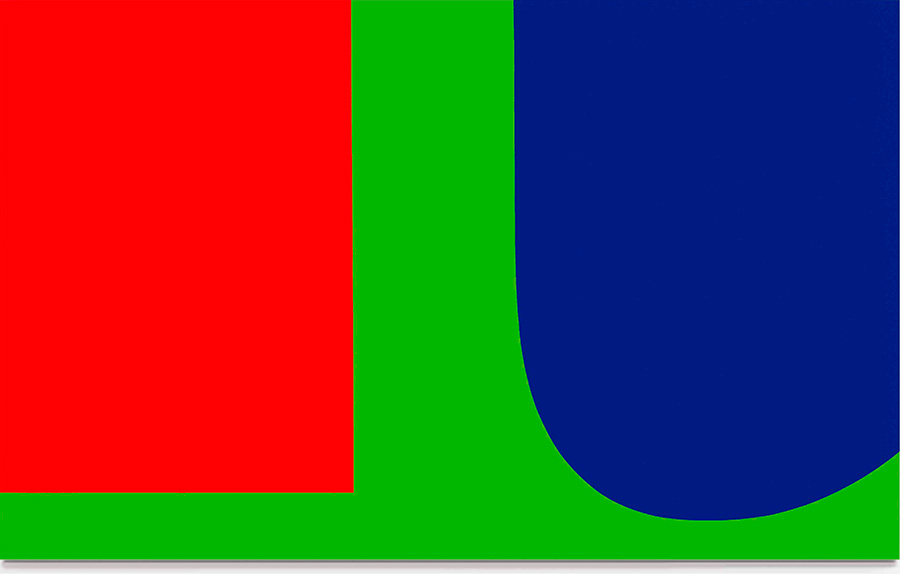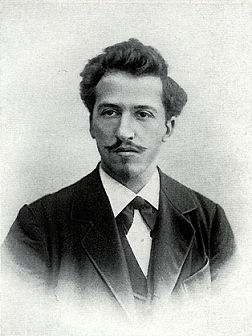No 14, 1960, Oil On Canvas, 9' 6" X 8' 9"
-Mark Rothko
Mark Rothko (September 25,
1903 – February 25, 1970) was a Russian-American painter - classified as an abstract expressionist. June 1921 at the age of 17 he completed the
secondary level with honors at Lincoln
High School in Portland. He
learned his fourth language, English, and became an active member of the Jewish
community center, where he proved adept at political discussions and like his
father, Rothko was passionate about such issues as workers’ rights and women's
right to contraception.He received a scholarship to Yale based
on academic performance.After
he moved to New York, Rothko stated, that he "happened to wander into an
art class, to meet a friend"; impressed by the school, the experience
provoked his determination to become an artist. In January 1924, Rothko
enrolled at the Art Students League and began taking anatomy courses. Rothko's
interest in luminosity compelled him to paint in watercolor. In the1940s he
produced some extraordinary works using a palette of grays and earth tones,
colors he would later use in a powerful series of works executed in the last
years of his life. Untitled No. 10; - Untitled No. 16.
His paintings became simple, and increasingly focused on color as the conveyor of meaning.
"I realize that historically the function of painting large pictures is painting something very grandiose and pompous. The reason I paint them, however . . . is precisely because I want to be very intimate and human. To paint a small picture is to place yourself outside your experience, to look upon an experience as a stereopticon view or with a reducing glass. However you paint the larger picture, you are in it. It isn't something you command!"
-Rothko
"A picture lives by companionship, expanding and quickening in the eyes of the sensitive observer. It dies by the same token. It is therefore a risky and unfeeling act to send it out into the world. How often it must be permanently impaired by the eyes of the vulgar and the cruelty of the impotent who would extend the affliction universally!"
-Rothko
The use of two colors and simple shapes forming the abstract form of this painting is what makes this a perfect fit for my exhibit.









